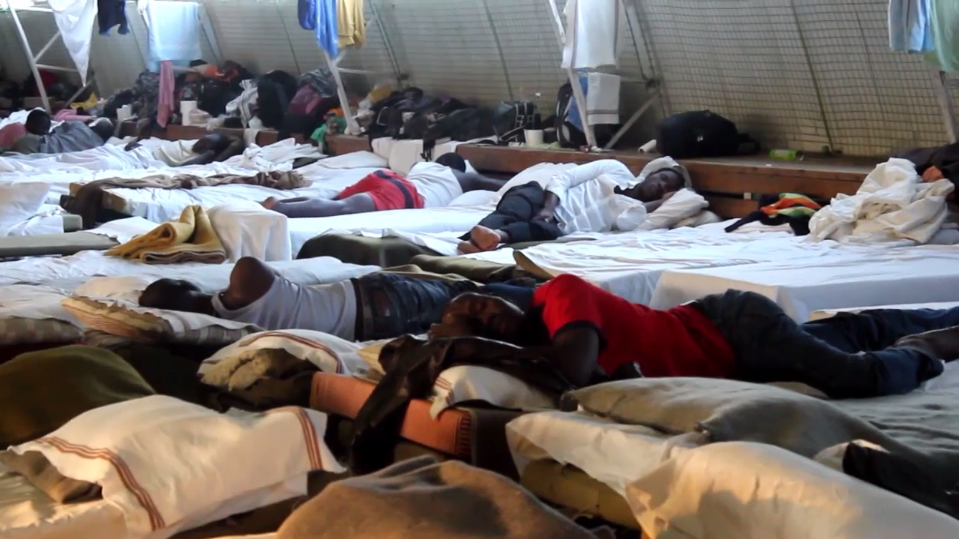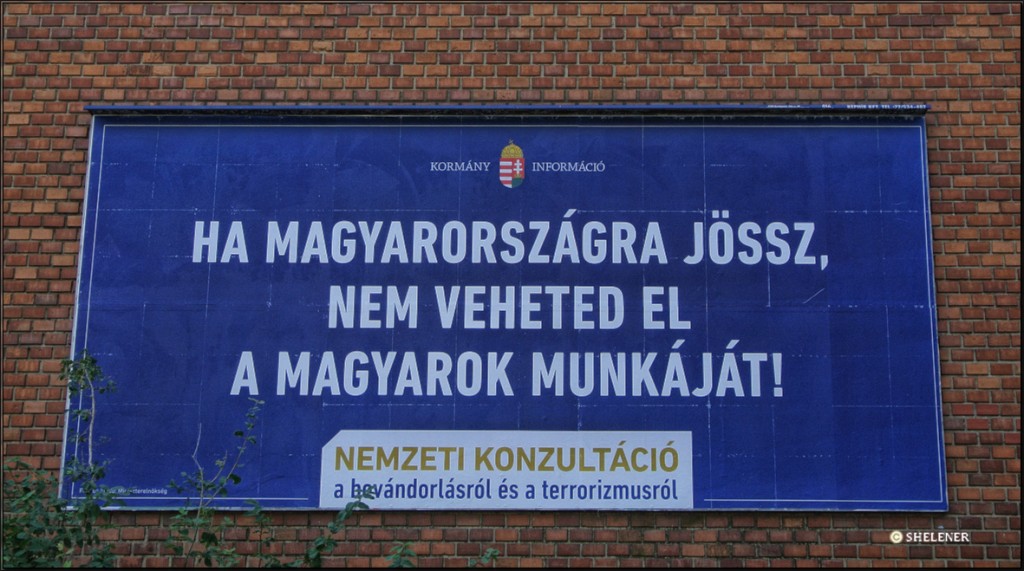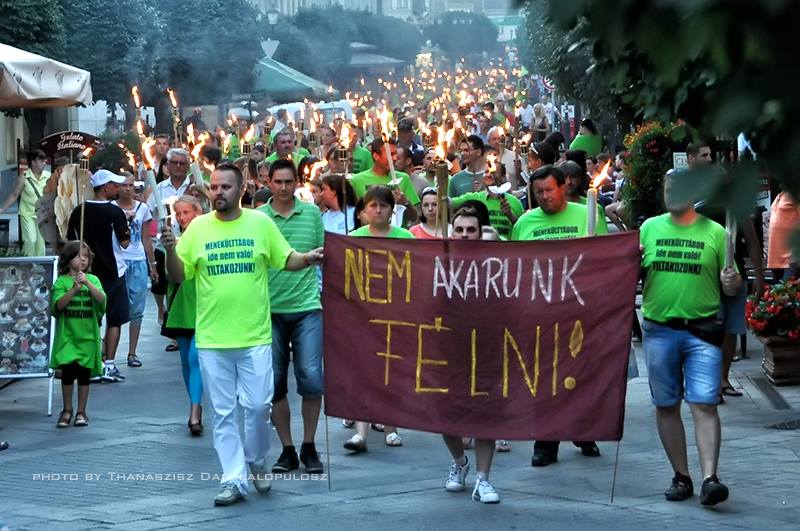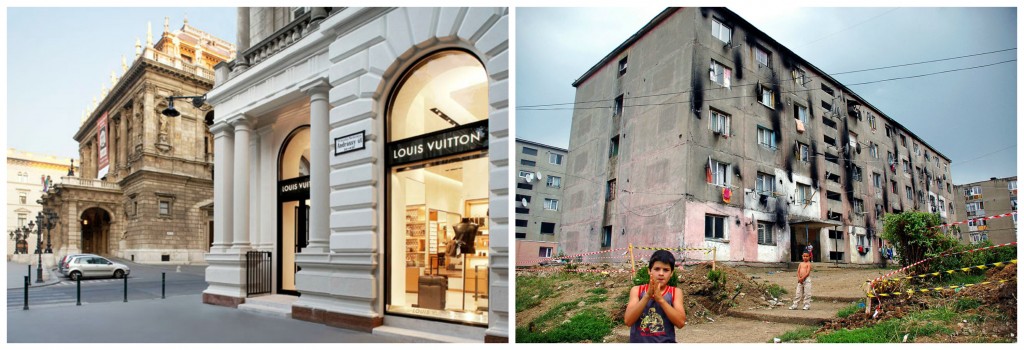The Hungarian government has recently made headlines (again) with the government announcing it is going to erect a 4m high and 176 kms long fence along the Serbian-Hungarian border, investing 23 billions Forints (Hungarian currency, approx. 75 million euros), “protecting the borders of Hungary and protecting the borders of the EU”. Denying help from masses of people fleeing their war-stricken countries and treating refugees like criminals with aggressive border-patrolling measures are acts against inalienable human rights and the Hungarian government’s actions are the manifestation of how the misguided ‘illiberal state’s government is rotten to its core – the international media loudly agrees pointing all fingers at the country.
Do you agree with condemning Hungary’s actions? Do you agree with condemning Hungary’s actions while being fully aware of the circumstances and the reality of the country? You might be surprised to learn some of the internationally lesser-known facts about the migration situation in Hungary.

Imagine Agora sleeping conditions, lasting for 4-6 months and only 5% of you would manage to get the papers for a start of a new life.
1. Hungary is one of the main points of entry for migrants into the Schengen passport free zone and has received more refugees per capita than any other EU country apart from Sweden. Over the past three years the number of people illegally crossing the southern border has become twenty times more. Only in 2015 around 60.000 migrants have entered the country and 95% of those cross from Serbia, which is not a member of the EU but has started accession talks. This massive influx has gone way beyond the capacity of what the national authorities can handle in terms of the evaluation of individual cases; who is a refugee – who is a migrant? The camps are slowly unable to provide even the bare minimum for civilised living conditions for refugees, or proper surveillance for the migrants’ activities of the southern areas of the country. The sudden peak in the number of people entering the country has left the (only!) three existing refugee camps of the country unable to keep up with the workload of providing proper healthcare, shelter and aid with the paperwork for these people.
2. But Hungary did offer help and has opened its borders to refugees in the 1990s, when people from mainly Afghanistan, Iraq, Bangladesh started arriving. The country also accepted around a 100.000 refugees from Romania during the Ceausescu regime and kept its borders open when asylum-seekers from the Former Yugoslav Republic started arriving in masses, fleeing from their war-torn country. Because of the EU requirements Hungary’s policy concerning refugees has become stricter since 2010. Hungary means the Schengen border, therefore neighbouring countries try to defend themselves from illegal migration by putting extra pressure on Hungary. Meanwhile, border patrol stations, detention camps and police lock-ups started filling up with the people waiting for their refugee status to be approved and when they started overcrowding these facilities, the refugees were released to live on the streets.
The United Nations Commissioner for Refugees reported already in 2010 that the decreasing financial resources did not allow the assimilation process to begin for these people. Isolated, unable to learn anything about the new country, the language or culture has been making it increasingly hard for refugees to sustain themselves in the country. Also facing hostility from around 80% of the Hungarian population who do not believe the country should accept refugees – the situation has been getting worse and worse for years.
3. Anti-immigrant propaganda is only the tip of the iceberg when it comes to how the public opinion handles the immigrant question. Besides firmly defending its political actions in Brussels, the Hungarian government also had to provide its citizens with a clear message on their official position on the matter: trying to highlight how the drastic measures are all being evoked in order to protect Hungarian citizens against the “foreign invaders”. Huge billboards with anti-immigrant slogans were erected all over the country, spending billions of Forints (once again) with the propaganda messages of the “National Consultation” – aiming to gather the opinion of Hungarian citizens on the matter.
After being 10 months away from my country, I came home to see signs like this:

“If you come to Hungary, you cannot steal jobs from the Hungarians!
National Consultation on immigration and terrorism”
The main message of opening a “National Consultation on immigration and terrorism” on the matter is already suggestive enough; the general public is more exposed to the anti-immigrant sentiments, than the humanitarian aspect of saving other human beings who are seeking refuge. With the migrants depicted as invaders “stealing jobs” from the Hungarians and even as terrorists, the public opinion is already against border-crossing and in favour of the fence as a more spectacular than practical tool to make the message clear: the country is reaching its limits regarding illegal border-crossings.
The billboards, radio and television advertisements on the National Consultation are actions of a government that has been facing growing unpopularity in the country as a result of a chain of corruption scandals, and is resorting to rather desperate measures to reconnect with its citizens by means of uniting the country against a common “enemy”.
Several civil society organisations, humanitarian foundations and statements from the political opposition are criticising the government’s plans for the fence, some are even organizing demonstrations. At the same time, in other parts of the country, people are protesting against the establishment of new refugee camps. It is hard to decide who is right.
4. Mr. Orbán Viktor vs. Brussels – Round 145. “Hungary has been trying for months to have the EU recognize that a third of the immigration pressure on the continent is focused on Hungary, with around one third of illegal migrants registered in the country.” (From Magyar Hírlap – Hungarian newspaper, auth. )
While wildly attacking the Hungarian government for its drastic measures, several sources fail to mention that close to a dozen other countries of the EU (including Germany, France, Belgium etc.) are issuing notices for deportation of immigrants from their own countries – sending them back to Hungary, based on the Dublin Regulation of the Schengen Treaty.
The Visegrad Four (alliance of Central European states – Czech Republic, Slovakia, Poland and Hungary) all agree on the misguided EU attempts on trying to remedy the situation. All four countries were strongly lobbying against the compulsory migrant quota proposed by the Commission, urging more effective measures than “superficial act of goodness”.
The Hungarian government is also keen on emphasising how it is protecting not only its own borders, but the borders of the EU, and the Schengen zone. Mr Orbán also makes the claim there is a huge difference between refugees escaping persecution and “existential immigrants” – while the former need humanitarian aid, the latter have a clear intent of not staying in Hungary after they receive their papers to travel with.
With all this said, it might come as a surprise that:
5. Foreigners visiting the country still quickly fall in love with Budapest and Lake Balaton, the easy accessibility in the heart of Europe, the country’s cuisine and culture and a holiday being significantly cheaper than in the western parts of Europe. In the less touristic and developed parts of the country however, the reality strikes as a shock to many, with 40% of the population earning below minimum-wage, with the highest rate of alcohol use disorders in Europe, a middle-class standard slowly disappearing and the rising frustration and desperation over social inequality and a widening chasm between the shamelessly rich and the starving poor.
Many independent observations would testify to the fact that Hungarian people in general are not so welcoming towards foreigners settling in the country, mainly because of the increasing economical and social tension, the working hours/salary ratio being way behind western European standards, and the feeling of uncertainty about the future for many families. The ‘Erasmus generation’ is not only leaving the country to study abroad for half a year, but young people are leaving the country in unprecedented numbers, being unable to find a stable and well-paid job after completing their education.
When we talk about a country whose very own national anthem is a gloomy recollection of hundreds of years of being ravaged by wars and territorial occupation as an glimpse into the mentality of the people, we might realise that the gradually aging society does not see how some of the western ideals of tolerance, solidarity and the dominance of a pro- or anti-European ideology would help them make ends meet at the end of the day.
I am proud to be an AEGEEan who has the chance to look at Europe and the world from a more open-minded perspective, being able to travel and relocate freely in the continent and be an activist fighting for a good cause, for the good of a community and the good of the continent. As AEGEEans, we are striving for a borderless Europe and any act of intolerance against its citizens or violation of basic human rights of those in need should be condemned.
Erecting the fence along the southern border of Hungary is not the solution to the problem. But you cannot pass a valid judgment on the country’s attitude without walking a mile in our shoes.
Written by Réka Salamon, AEGEE-Aachen
If you want to know more about the situation you can read some articles here:
– 444 (Hu)



